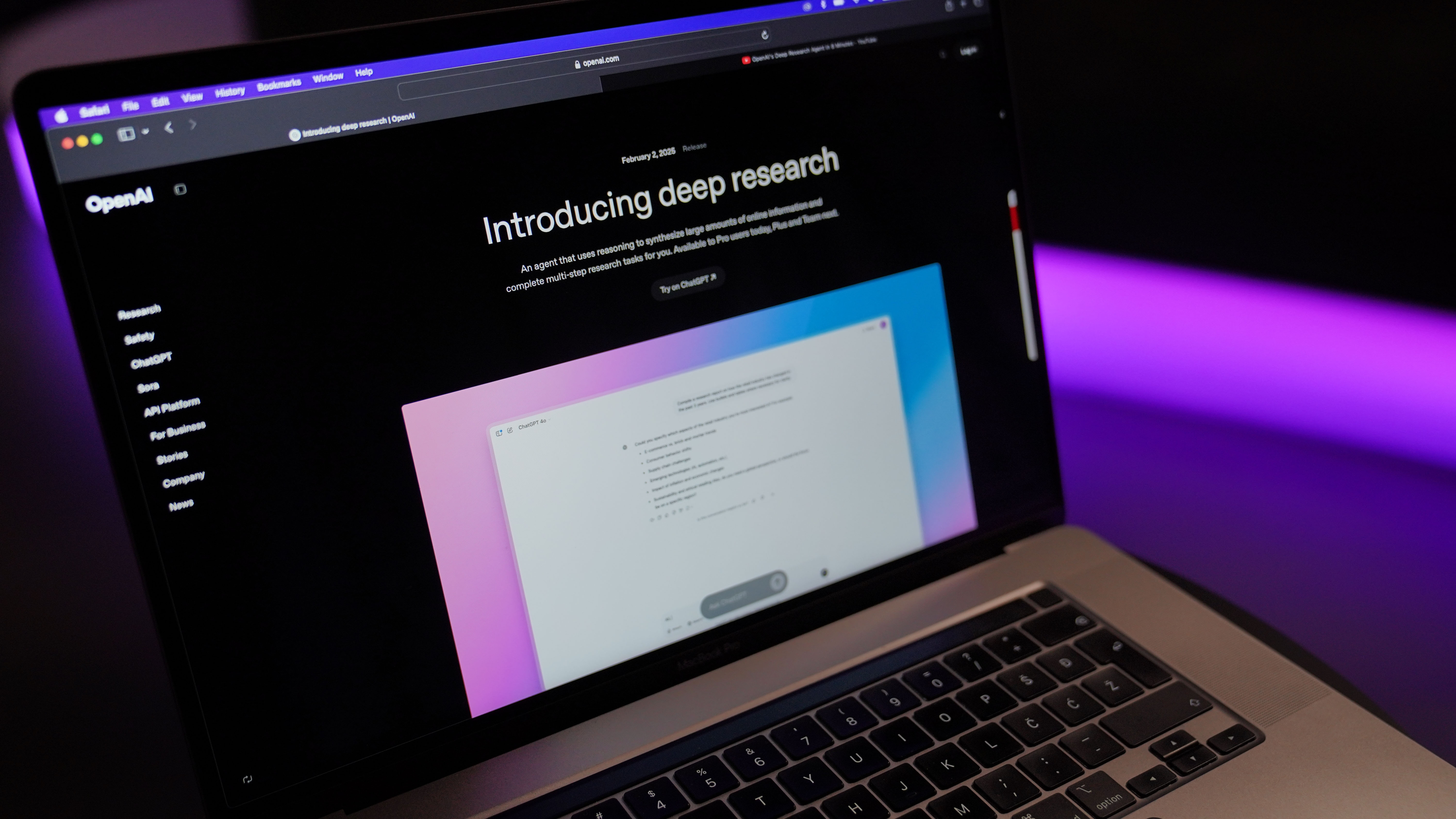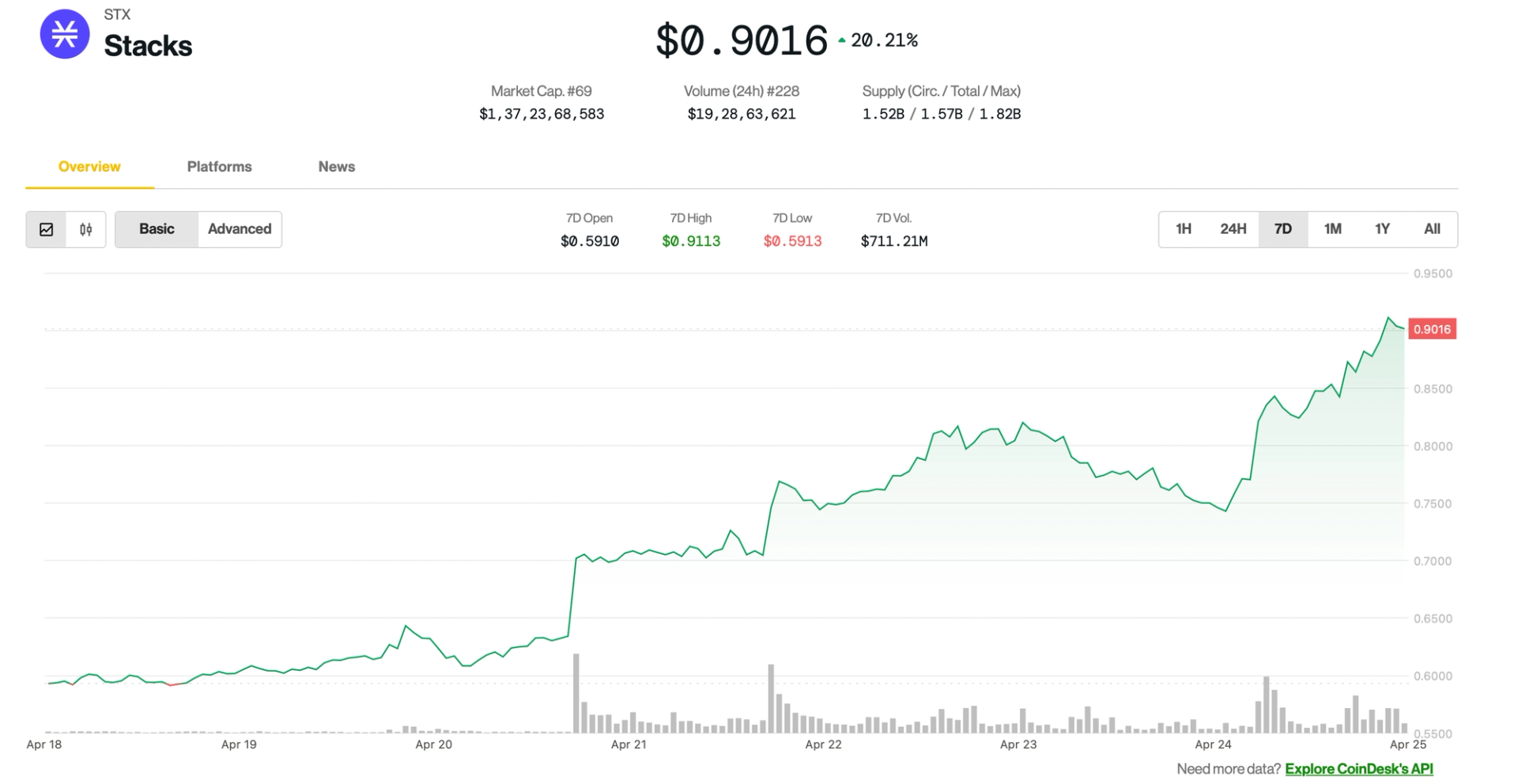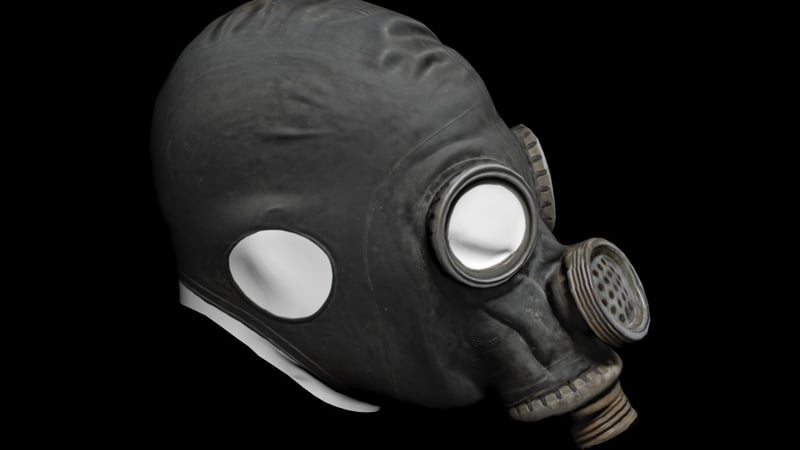A short tutorial on using fish shell.
Introduction To catch your attention, I could have named the title X shell sucks, but that would piss people off. A good blog post would compare at least 2 similar things to get a clear picture, but to be honest, I don't use other shells. So, I can't help but explain only the usage of fish. Now, let's catch some fish. Installation Follow this to install. Note that this tutorial assume that you are on Linux. Making binaries available in fish shell Suppose that you want to expose binaries from a directory to fish shell. Edit the ~/.config/fish/config.fish file by adding fish_add_path Then restart the shell to make it work. Function calls in fish shell The syntax of a function declaration is the following: function end Suppose that we want to make an alias of the Vlang binary. Add the following lines to ~/.config/fish/config.fish : # This is a comment. function vv # Syntax : $argv ~/tools/v/v $argv end Now, we can use vv as an alias, where $argv represents function arguments. Note that we need to restart the fish shell. Organizing custom scripts As our config.fish grows, we may want to tidy things up to calm down our background anxiety. We can create a directory named cust (the name does not matter) inside ~/.config/fish/. Then cd into cust and create a file named custom.fish. After that, we move our custom script there. Finally, add the following line to config.fish : source ~/.config/fish/cust/custom.fish Themes The research showed that bad themes reduce programmers' productivity by 123.456%. Use oh-my-posh to make your terminal cute. Don't forget to config nerd font for the terminal!! Before you go This is my first blog post. If you have any suggestions, never hesitate to let me know. Thank you for your attention.

Introduction
To catch your attention, I could have named the title X shell sucks, but that would piss people off. A good blog post would compare at least 2 similar things to get a clear picture, but to be honest, I don't use other shells. So, I can't help but explain only the usage of fish. Now, let's catch some fish.
Installation
Follow this to install. Note that this tutorial assume that you are on Linux.
Making binaries available in fish shell
Suppose that you want to expose binaries from a directory to fish shell.
Edit the ~/.config/fish/config.fish file by adding
fish_add_path
Then restart the shell to make it work.
Function calls in fish shell
The syntax of a function declaration is the following:
function <function_name>
<function_body>
end
Suppose that we want to make an alias of the Vlang binary. Add the following lines to ~/.config/fish/config.fish :
# This is a comment.
function vv
# Syntax : <path_to_bin> $argv
~/tools/v/v $argv
end
Now, we can use vv as an alias, where $argv represents function arguments.
Note that we need to restart the fish shell.
Organizing custom scripts
As our config.fish grows, we may want to tidy things up to calm down our background anxiety.
We can create a directory named
cust(the name does not matter) inside~/.config/fish/.Then
cdintocustand create a file namedcustom.fish.After that, we move our custom script there.
Finally, add the following line to
config.fish:
source ~/.config/fish/cust/custom.fish
Themes
The research showed that bad themes reduce programmers' productivity by 123.456%.
Use oh-my-posh to make your terminal cute.
Don't forget to config nerd font for the terminal!!
Before you go
This is my first blog post. If you have any suggestions, never hesitate to let me know. Thank you for your attention.





































































































































































![[The AI Show Episode 144]: ChatGPT’s New Memory, Shopify CEO’s Leaked “AI First” Memo, Google Cloud Next Releases, o3 and o4-mini Coming Soon & Llama 4’s Rocky Launch](https://www.marketingaiinstitute.com/hubfs/ep%20144%20cover.png)
















































































































































































































































.jpg?#)


















































































































































![Apple to Shift Robotics Unit From AI Division to Hardware Engineering [Report]](https://www.iclarified.com/images/news/97128/97128/97128-640.jpg)

![Apple Shares New Ad for iPhone 16: 'Trust Issues' [Video]](https://www.iclarified.com/images/news/97125/97125/97125-640.jpg)



































































































































